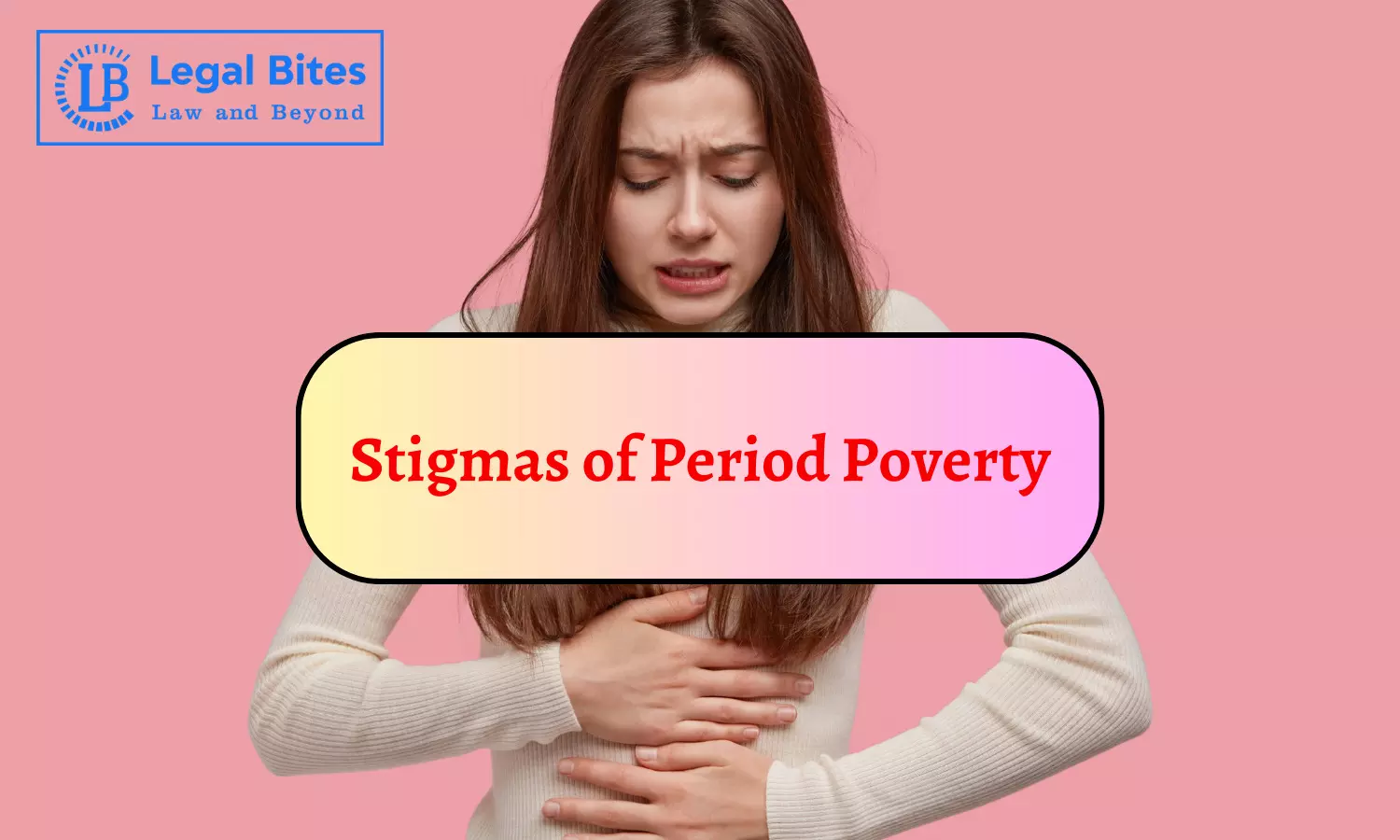Stigmas of Period Poverty
The article 'Stigmas of Period Poverty' emphasises the lack of access to menstrual products can perpetuate gender inequality and reinforce negative cultural beliefs and stigmas around menstruation.

The article 'Stigmas of Period Poverty' emphasises the lack of access to menstrual products can perpetuate gender inequality and reinforce negative cultural beliefs and stigmas around menstruation.
What is Period Poverty?
Period Poverty refers to the lack of access to menstrual products, proper sanitation facilities, and education about menstrual health, which can lead to negative consequences for people who menstruate. It is a global issue affecting millions of people, particularly in low-income communities, where menstrual products are often unaffordable or inaccessible. This can cause individuals to miss school, work, or other activities, leading to negative impacts on their health, education, and financial stability.
Period Poverty is a complex issue with multiple underlying causes, including lack of education, stigma, and inadequate government policies. Addressing period poverty requires a comprehensive approach that involves increasing access to affordable menstrual products, improving sanitation facilities, providing education about menstrual health, and addressing social and cultural attitudes towards menstruation.
There are several organizations and initiatives working to address period poverty, such as the Menstrual Health Alliance India, PERIOD, and the Global Menstrual Collective. Governments and policymakers can also take steps to address period poverty, such as eliminating taxes on menstrual products and increasing funding for menstrual health programs.
Here are some stigmas associated with Period Poverty:
Shame and embarrassment: Girls and women living in period poverty often feel ashamed and embarrassed about their menstrual cycles. This can lead to them hiding their periods and avoiding seeking help.
Inadequacy and self-doubt: The lack of access to menstrual hygiene products can lead to feelings of inadequacy and self-doubt. This is especially true for young girls who may be experiencing their periods for the first time and do not have the necessary resources to manage their periods.
Social exclusion: Girls and women living in period poverty may face social exclusion because of their periods. They may be excluded from participating in social activities or attending school or work because of the stigma associated with menstruation.
Discrimination: Period poverty can lead to discrimination against girls and women, especially in societies where menstruation is seen as a taboo subject.
Health risks: The lack of access to menstrual hygiene products and sanitation facilities can lead to serious health risks, including infections and reproductive health issues.
It is essential to break down these stigmas and create a more supportive environment for girls and women living in period poverty. This can be achieved by raising awareness, providing access to menstrual hygiene products and sanitation facilities, and promoting education about menstrual health.
Here are some of the ways in which organizations, governments, and individuals can work towards ending period poverty:
Donations: Many organizations and charities accept donations of menstrual products, such as pads, tampons, and menstrual cups, which they distribute to people in need. You can support these organizations by making a monetary donation or by donating products directly.
Advocacy: Advocating for policy changes that increase access to menstrual products is another way to help end period poverty. This can include lobbying local and national governments to provide free or low-cost menstrual products in schools, workplaces, and public restrooms.
Education: Providing education about menstrual health and hygiene can help reduce the stigma associated with periods and increase awareness about the need for menstrual products. This can include workshops, school programs, and community outreach.
Supporting Menstrual Product Businesses: Many businesses now offer "buy one, give one" models or donate a portion of their profits to organizations that provide menstrual products to people in need. By supporting these businesses, you can help provide menstrual products to those who cannot afford them.
Research: More research is needed to better understand the issue of period poverty and to identify effective solutions. Supporting and funding research initiatives can help to shed light on the problem and lead to better solutions.
Overall, ending period poverty requires a collective effort from individuals, organizations, and governments to provide access to menstrual products and education about menstrual health and hygiene.
Important Links
Law Library: Notes and Study Material for LLB, LLM, Judiciary, and Entrance Exams

